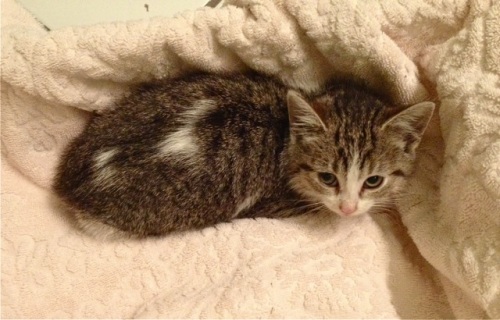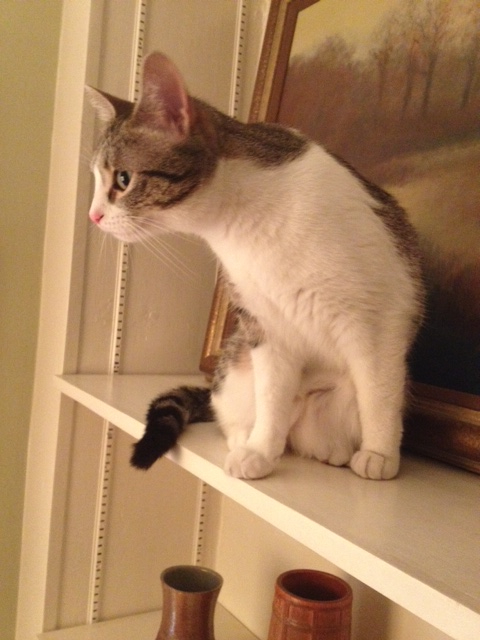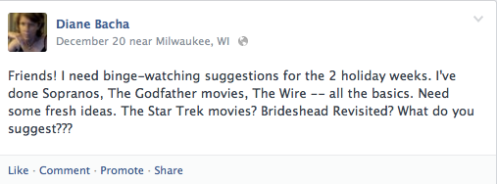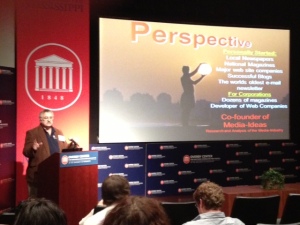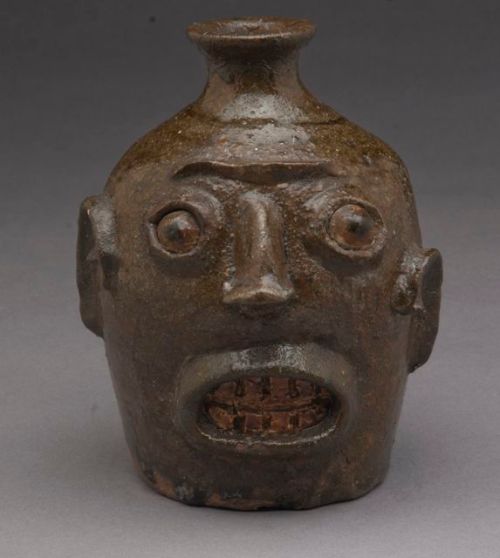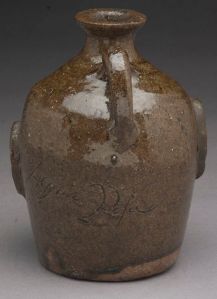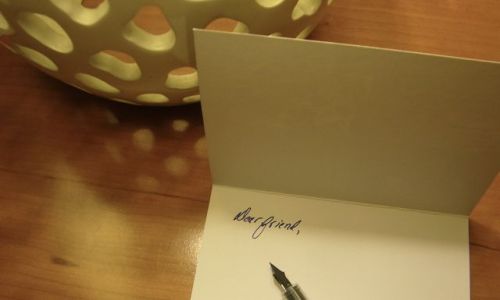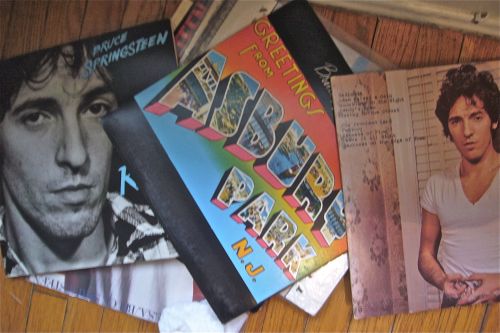A year ago this day, I was in my front room — where I am now as I type this — thinking to myself how much I enjoyed the quiet. The day before, the neighborhood had been filled with the din of the Downer Classic bike race, which essentially turned my condo building’s front yard into a street festival. (Side note, this is super convenient when you get thirsty for a beer.) Turns out the quiet was a good thing, because the noise I heard next would not have been audible without it.
It was a plaintive mewing sound, coming from somewhere in the shrubbery under my balcony. The instant I heard it — I’ll never forget this — I thought two things.
1. It is a stray kitten (picture in my head of incredibly cute fluffy ball with sad eyes).
2. It is Jools reincarnated and coming to visit me (picture in my head of cat who died two years earlier).
Now, Thought #1 is reasonable enough. However, I cannot explain Thought #2 reasonably. My personal theory is that I was missing Jools a lot more than I realized. As some of you may know, Jools was my petulant roommate for 20 years and the only cat I had ever hung out with. She had been with me through two states, four towns, five employers, five homes, one temporary home (thanks, Suzanne) and one fiance. She had been the most consistent living being with me over that stretch of time.
Anyway, after hearing another mew, I went outside to check the shrubbery.
Several of my neighbors were already there, and I immediately recognized this tableau: respectable adults on hands and knees pleading with a creature in the bushes. I had done it quite a few times with the aforementioned Jools. Of course, I joined my neighbors, crouched into the landscaping, and spotted the source of the mewing. I was startled to see that the little forlorn fuzz ball was a white-brown-gray tabby just like Jools. Same eyelinered eyes. Same masked face.
Readers, I sense you know where this is going. Long and short of it, the fuzz ball is now permanently part of my household.
At first there was a joint-custody arrangement with Morgan and Ellen, two of my wonderful neighbors who actually know some things about cats. We shared care-taking duties while we tried to assess the fuzz ball’s health (just fine) and find her owner (no luck). We decided to name her Georgia, after the name of our condo building, The Georgetown. But Morgan and Ellen were not in a position to take her in, long-term. So I caved.
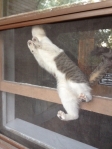 In the time that she has been with me Georgia, a.k.a. Georgie, has taught me that she is not Jools. For one thing, Miss Jools, as I keep reminding her, never ever walked on my countertops, scratched the upholstery, put her head into every mug and glass left behind in the house, climbed up the screen windows, walked across my keyboard as I type, or scattered her litter all over the room. Georgie has wasted no time putting distance between herself and her predecessor, despite some similarities in their appearance. OK. I get it Georgie.
In the time that she has been with me Georgia, a.k.a. Georgie, has taught me that she is not Jools. For one thing, Miss Jools, as I keep reminding her, never ever walked on my countertops, scratched the upholstery, put her head into every mug and glass left behind in the house, climbed up the screen windows, walked across my keyboard as I type, or scattered her litter all over the room. Georgie has wasted no time putting distance between herself and her predecessor, despite some similarities in their appearance. OK. I get it Georgie.
On the other hand, she does crawl into my lap at times. I like that. And she plays a game with me, where she runs down the hallway, crouches, and looks back, which means “Throw that toy mouse NOW,” which I usually do. And you should see her jump! She is quite the athlete.
So anyway, it’s been a year, and I think we’re making it work. If you are curious, look for #tuesdaykitten every week on my Facebook page, I post a weekly update about her.
Thanks, Morgan and Ellen, for helping Georgie get back to health those first few weeks, and for the team effort in finding a home for the fuzz ball in the bushes.
And thanks, Georgie, for teaching me, once again, that cats do not conform to my personal expectations. Ever. But don’t blame me if I keep wishing.


